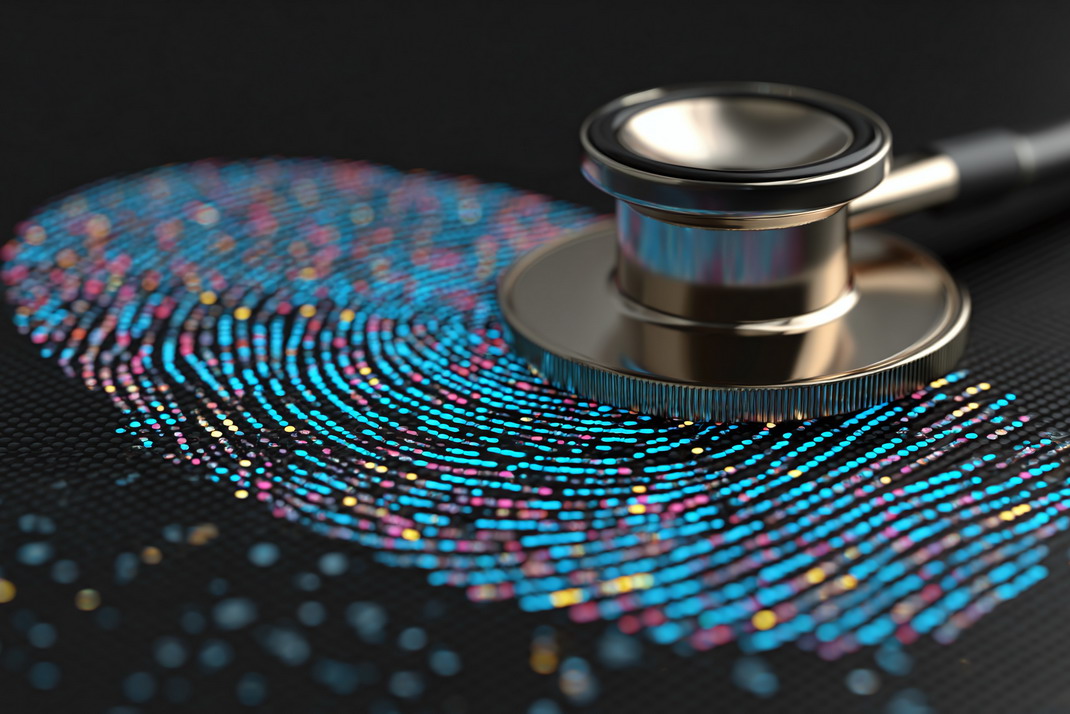You’ll see a change if you visit a doctor’s office these days. Most of the chairs are vacant. It wasn’t that people ceased to be ill. Rather, it was that medical care moved elsewhere. That smartphone in your pocket? It’s becoming as valuable as a stethoscope. The bathroom scale that talks to your physician? That’s not science fiction anymore.
The Kitchen Counter Revolution
My neighbor’s cardiologist lives three states away. They’ve never met face-to-face, yet she swears he knows her better than her previous doctor who practiced two blocks down. Strange? Not really. Her morning routine now includes a blood pressure check that uploads automatically while she brews coffee. Her kitchen counter is where she has weekly video appointments. This allows the doctor to see her pills, discuss supplements, and observe her swollen ankle.
A decade ago, this setup would have been absurd. Virtual care grew rapidly during lockdowns and has endured because it’s successful. Doctors see details missed in sterile rooms, like labored breathing after stairs, tremors at home, or family members sharing symptoms.
When Your Couch Becomes a Medical Device
Remote patient monitoring IoT technology sounds intimidating until you realize it’s just your fitness tracker getting a medical degree. According to the experts at Blues IoT, these gadgets collect data and flag what’s important. While in conference calls, a friend’s smartwatch picked up on skipped heartbeats, revealing that stress was the culprit behind previously undiagnosed arrhythmias.
Diabetics especially benefit from this constant observation. Gone are the days of finger pricks four times daily and hoping those snapshots represent the full picture. Glucose levels are continuously monitored. Alerts are sent to prevent blood sugar from plummeting during that critical presentation. Insulin pumps communicate with each other. They change dosages using live readings. They form a cycle that mirrors the natural function of a healthy pancreas.
Data overload can be overwhelming. However, clever algorithms separate the useful from the useless. Doctors don’t see every heartbeat. They see patterns worth investigating. Weight creeping up plus blood pressure rising plus activity dropping equals time for a conversation, maybe a medication tweak, possibly preventing a heart attack nobody saw coming.
Medicine That Fits Like Your Favorite Jeans
Remember taking antibiotics that made you nauseated while your spouse took the same pills without issue? Turns out there’s a reason. Genetic testing now explains why medications hit people differently. Certain individuals can process drugs quickly and effectively, much like industrial coffee makers. Some are like French presses: slow and need patience, or the coffee gets ruined.
This knowledge changes everything. Depression treatment becomes less trial-and-error, more targeted selection. Cancer therapy gets calibrated to tumor genetics and patient metabolism simultaneously. Even exercise prescriptions get personal. Research shows certain gene variants respond better to endurance training while others need strength work for the same health benefits.
Erasing the Map
Small-town residents face long drives, months-long waits, and a hope that nothing urgent arises. That storyline’s changing fast. Dermatologists in Manhattan examine rashes in Montana. Miami psychiatrists treat anxiety in Michigan. Physical therapists in Phoenix guide recovery in Pennsylvania. Technology democratizes expertise, though gaps persist. Broadband deserts still exist. Video visits require devices not everyone owns. Insurers struggle to adapt to modern regulations. Progress is uneven, yet it occurs.
Conclusion
This shift runs deeper than gadgets and video calls. Healthcare spent centuries asking patients to fit its schedule, follow its rules, adapt to its limitations. Finally, that dynamic flips. Medicine adapts to the complexities of human life. Healthcare is improving. It’s already more accessible, responsive, and personal. The future materialized subtly, with each heartbeat monitor contributing to its arrival.



